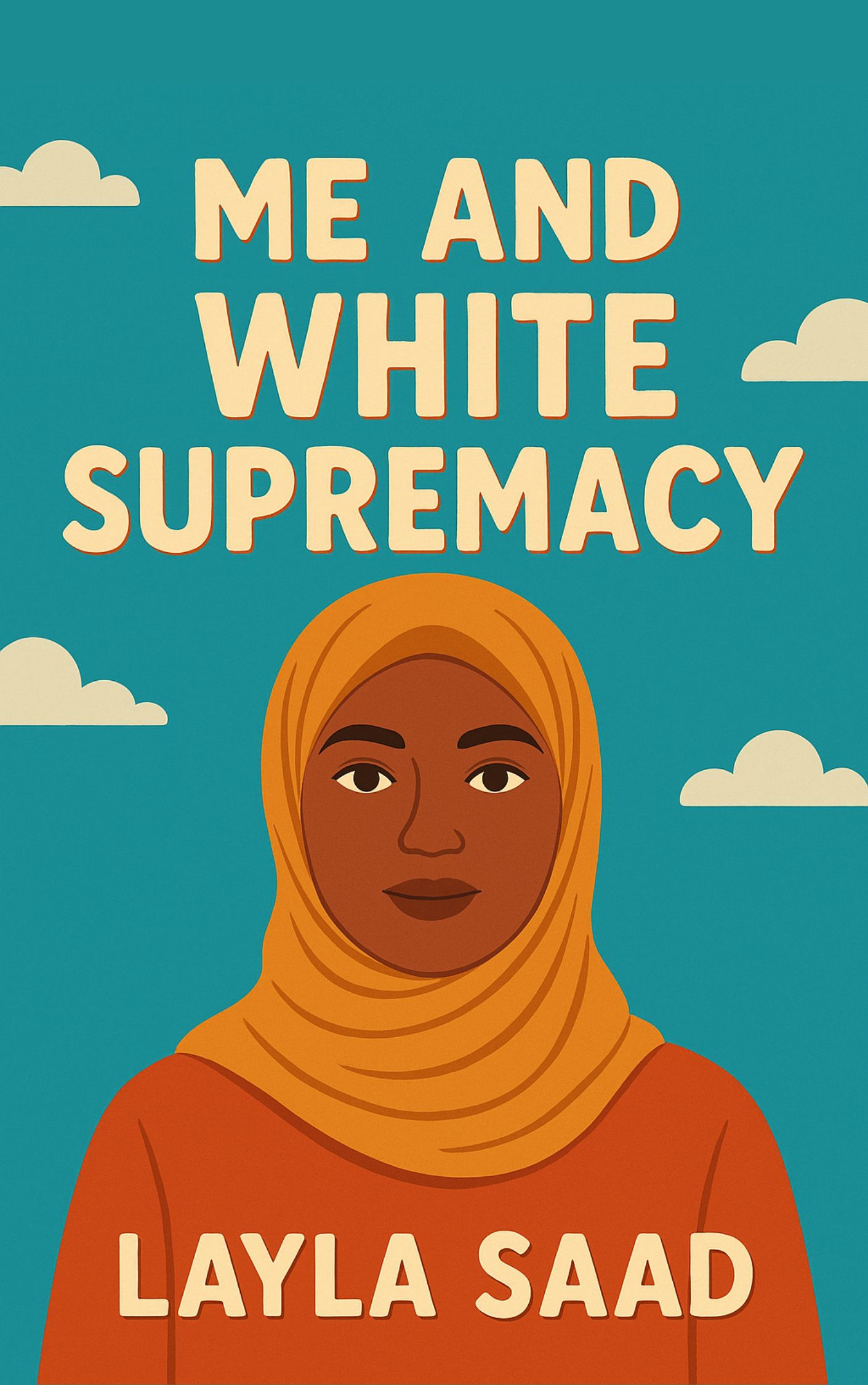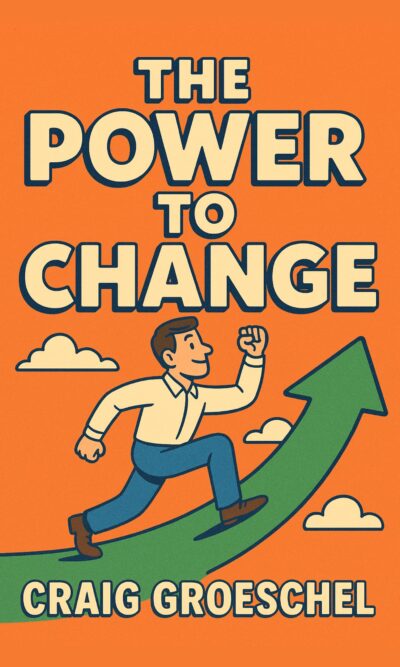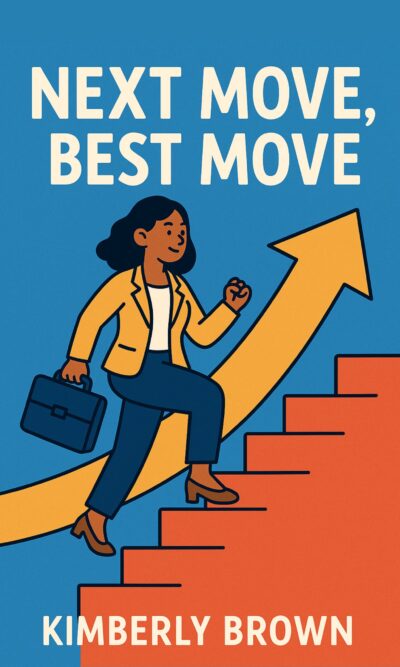Description
We live in a world where systems and structures are shaped by the idea that white people hold more power and privilege than others. This privilege is not always visible, but it exists in many parts of life, from education and history to jobs and safety. A white person may never have to think about race in daily situations, while people of color face unfair treatment and stereotypes regularly. This is what makes the system so powerful—it works quietly, often without white people even noticing it.
White supremacy is not just about extreme hate groups. It is a cultural and structural reality that benefits white and white-passing people in countless ways. These advantages might include learning history that reflects your own heritage, finding products that fit your cultural identity, or never fearing discrimination when seeking medical or legal help. Such privileges remain in place whether you want them or not, just as racism continues to affect people of color throughout their lives.
Even if a white person considers themselves fair-minded or “one of the good ones,” that doesn’t mean they’re free from responsibility. Thinking you don’t need to address racism because you have friends of color, or because you voted a certain way, is a form of white exceptionalism. Another common reaction is white fragility—feeling defensive or offended when race is discussed. Both attitudes prevent real change and keep the focus on white feelings instead of the realities people of color face. Silence or avoidance in the face of racism also helps the problem stay in place.
Harmful stereotypes make things worse. People of color are often judged by unfair and false ideas. For example, they may be told they sound “too angry” when they speak about racism, or their culture may be imitated without respect or credit—a practice called cultural appropriation. These patterns keep marginalized groups in a position of less power while allowing dominant groups to take what they want.
Black people in particular face unique stereotypes and discrimination. Black women are often limited to narrow roles in media and are at higher risk of health problems during pregnancy due to bias in medical systems. Black men are frequently labeled as dangerous or unintelligent, and Black children can be treated like adults long before they should be. Even movements like feminism can ignore the specific struggles of Black women unless they adopt an intersectional approach, which considers how race, gender, and other identities combine to create unique challenges.
Many white people try to show they are not racist through approaches like “color blindness” (claiming not to see race), tokenism (including just one person of color as a symbol of diversity), or white saviorism (believing they can “rescue” people of color). While often meant to help, these behaviors still center white perspectives and do little to change underlying problems.
True allyship is different. It is not a label you give yourself—it is a lifelong practice of listening, learning, and acting in ways that support people of color without making yourself the hero of the story. Allies take responsibility for mistakes, accept criticism without centering their own hurt feelings, and avoid performative actions that are only meant to look good. Real support means working consistently, sharing opportunities, and letting marginalized voices lead.
Putting knowledge into action is essential. This can mean reading more about racism, having uncomfortable conversations with friends and family, challenging racist remarks when you hear them, supporting businesses owned by people of color, donating to causes, and joining protests. Sometimes allyship also means stepping back to give space to others, even if that means giving up a role, a platform, or recognition.
Losing privilege is not about guilt—it’s about choosing to let go of advantages that uphold unfair systems. It means refusing to stay silent when injustice happens, using your influence to open doors for others, and making specific commitments to act in ways that bring change. This might include creating a personal list of promises, such as who you will challenge, what causes you will support, and where you will focus your time and resources.
You will not dismantle the system on your own, but you can help create a better future by refusing to ignore the problem and by working alongside those most affected. Change takes constant effort, but it is both a responsibility and an opportunity to make a lasting difference.





